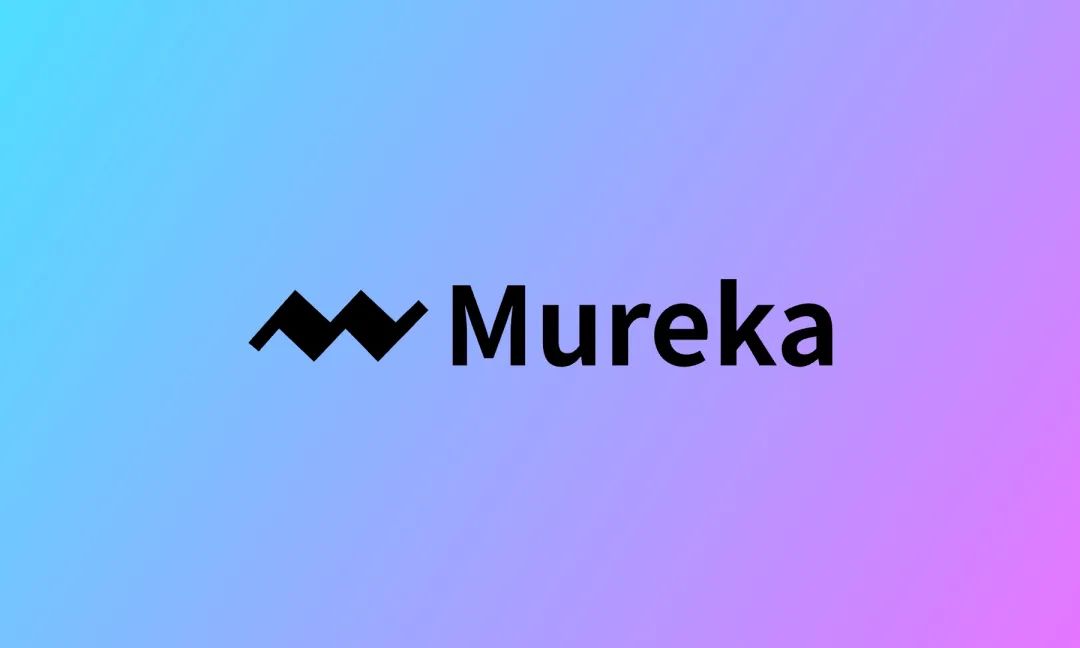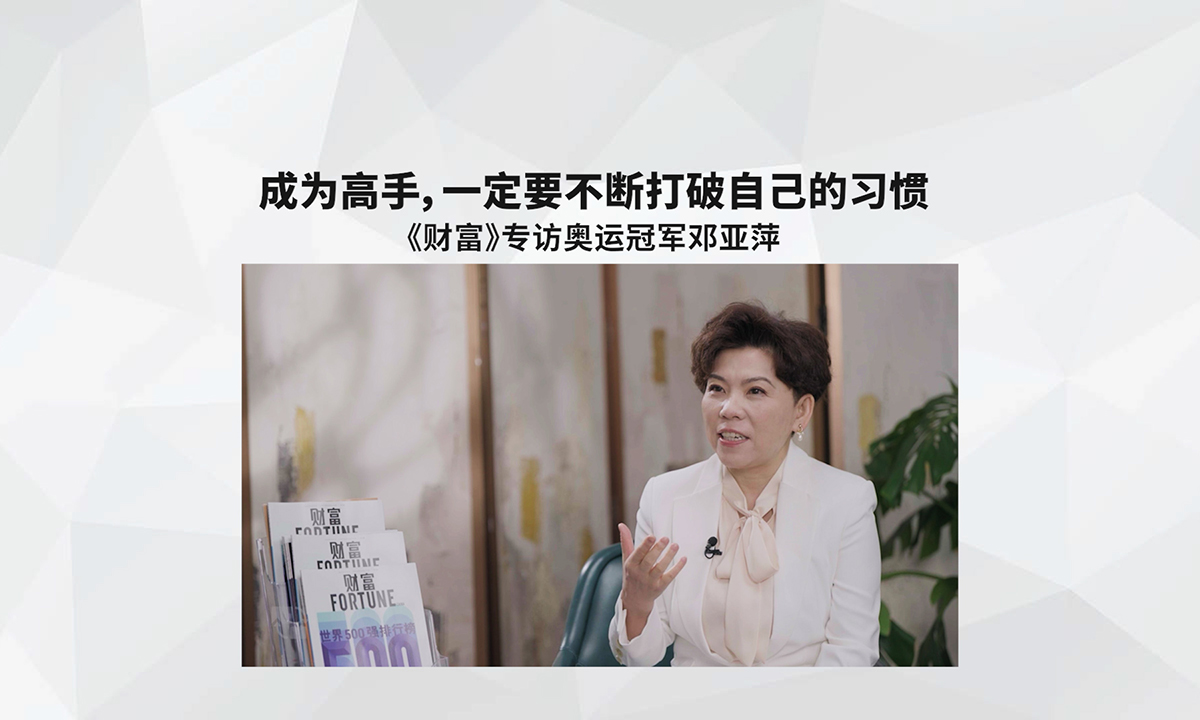癌症药物开发进入黄金时代
|
对抗癌症的战线传出了一些坏消息:癌症治疗成本将越来越昂贵,患者要支付的费用也会越来越高。艾美仕医疗保健信息研究所的最新报告显示,2014年的医疗保健费用增长了19%,达到58,097美元。 但也有好消息。确实是好消息:现在有更多用于治疗癌症的药物疗法——以及更多真正创新性的药物疗法。据艾美仕统计,过去五年,有70种新肿瘤药物获批用于治疗20种不同肿瘤,包括突破性的免疫疗法药物,可以延长某些最致命癌症患者的寿命,如晚期黑色素瘤和鳞状非小细胞肺癌。 艾美仕研究所主任默里•艾特肯表示:“治疗方案的数量和性质均有大幅改善。虽然我们依旧有很长的路要走,但我们不应该低估当前这种创新潮流的重要意义。” 未来还会有更多药物诞生:过去十年,制药行业中的肿瘤药物供应规模扩大了超过60%,目前有超过500家公司正在从事该领域药物的研发。2015年,共有586种抗癌化合物已经进入临床研发后期。十家规模最大的肿瘤药物销售商,有130种候选药物正处在研发后期。 新药物的增加也加快了药品的上市速度。2015年,从专利申请到食品药品监督局(FDA)批准的平均时间为9.5年,2013年为10.25年。最近获批的几种药品仅用了4年时间便通过了审批,这在一定程度上得益于FDA的“突破性疗法”认定,加快了对突破性疗法的审批。 艾特肯指出,新药物疗法的迅速增加具有巨大的积极意义,但也给患者治疗带来了一些新的复杂性和经济负担。他说道:“这些药物给医疗系统带来的成本越来越高,产生了预算压力。用于处理诊断费用的基础设施,治疗方案的执行等,均面临着压力。” 事实上,这些昂贵的新药物,使用范围更广,时间更长,是导致癌症治疗成本增加的主要原因。2015年全球肿瘤治疗费用,比去年增长了11.5%,达到1,070亿美元。艾美仕预计,到2020年,肿瘤治疗费用将增长到1,500亿美元。 这些成本越来越多地集中到美国,在2015年美国肿瘤治疗费用占到全球总额的46%,2011年这一比例为39%。这种趋势反映出新药物疗法在美国的可用性和可获得性,但在世界大部分地区可用的新药物疗法依旧有限。美国可用的和报销的新肿瘤药物,超过其他任何市场。 艾美仕的报告还有其他值得关注的趋势: • 医院治疗尤其昂贵。相同的癌症药物,在医院服用的费用,通常是医师诊所的两倍。 • 药房里的癌症疗法。越来越多的肿瘤药物可以口服,不需要注射。 • 折扣增加。虽然患者要承担更高的癌症治疗费用,但制药商也开始提高折扣,帮助患者抵消这些成本。购买商业保险的患者提交的癌症药物处方中,有四分之一使用了优惠券,而在2011年仅有5%。 (财富中文网) 译者:刘进龙/汪皓 |
Here’s some bad news from the war against cancer: treatment is getting more expensive and patients are paying more for it. The bill for a year of care rose 19% in 2014 to $58,097 according to a new report from IMS Institute for Healthcare Informatics. But there’s also good news. Really, really good news: there are far more medications—and genuinely innovative medications—for treating cancer patients. In the past five years, 70 new oncology drugs have been approved for treatment of 20 different tumor types, according to IMS. These include thegroundbreaking class of immunotherapy drugs that are extending the lives of patients with some of the deadliest forms of cancer, including advanced melanoma and the squamous form of non-small cell lung cancer. “There’s been a tremendous boost in the number and nature of treatment options,” says Murray Aitken, Director of the IMS Institute. “We still have a long way to go, but we shouldn’t understate the significance of this current surge of innovation.” There are certainly more new medications to come: the industry’s pipeline of oncology drugs has expanded by more than 60% in the past decade, with more than 500 companies now working in the field. In 2015, there were 586 cancer compounds in late-stage clinical development. And the ten largest sellers of oncology drugs have 130 candidates in their late-stage pipelines. These new medicines are also making it to market more quickly. In 2015, the median time from patent filing to FDA approval was 9.5 years in the U.S., down from 10.25 in 2013. A few recent drugs have sped through the process in just 4 years, thanks in part to the FDA’s Breakthrough Therapy designation, which expedites approval for groundbreaking treatments. Aitken notes that, while incredibly positive, this surge in new medications, has introduced some new complexity and strain in treating patients. “Clearly the rising cost of these drugs to health systems puts pressure on budgets,” he notes. “The infrastructure to handle the diagnostic cost, and the administering of treatments, all of that is under some stress.” Indeed, these new medications, which are expensive and being consumed both more widely and for longer periods of time, are the main driver for the climbing expense of cancer care. Globally, oncology treatment cost 11.5% more in 2015 than they did last year, at $107 billion. IMS expects that figure to top $150 billion by 2020. These costs are increasingly concentrated in the U.S., which in 2015 accounted for 46% of the global oncology bill, up from 39% in 2011. The trend reflects the availability and accessibility of new medications, which remains limited in much of the world. More new oncology drugs are available and reimbursed in the U.S. than any other market. A few other trends highlighted by the IMS report: • Hospitals are particularly expensive. Administration of the same cancer drug typically costs twice as much in a hospital as it does it a physician’s office. • Cancer treatment at the pharmacy. An increasing number of oncology drugs are available as oral, rather than injectable, medications. • The rise of the rebate. While patients are shouldering more of the cost of their cancer treatment, drug manufacturers are also increasingly offering discounts to help offset those costs. A quarter of cancer drug prescriptions filled by patients with commercial insurance, were partly covered by a coupon, up from 5% in 2011. |











